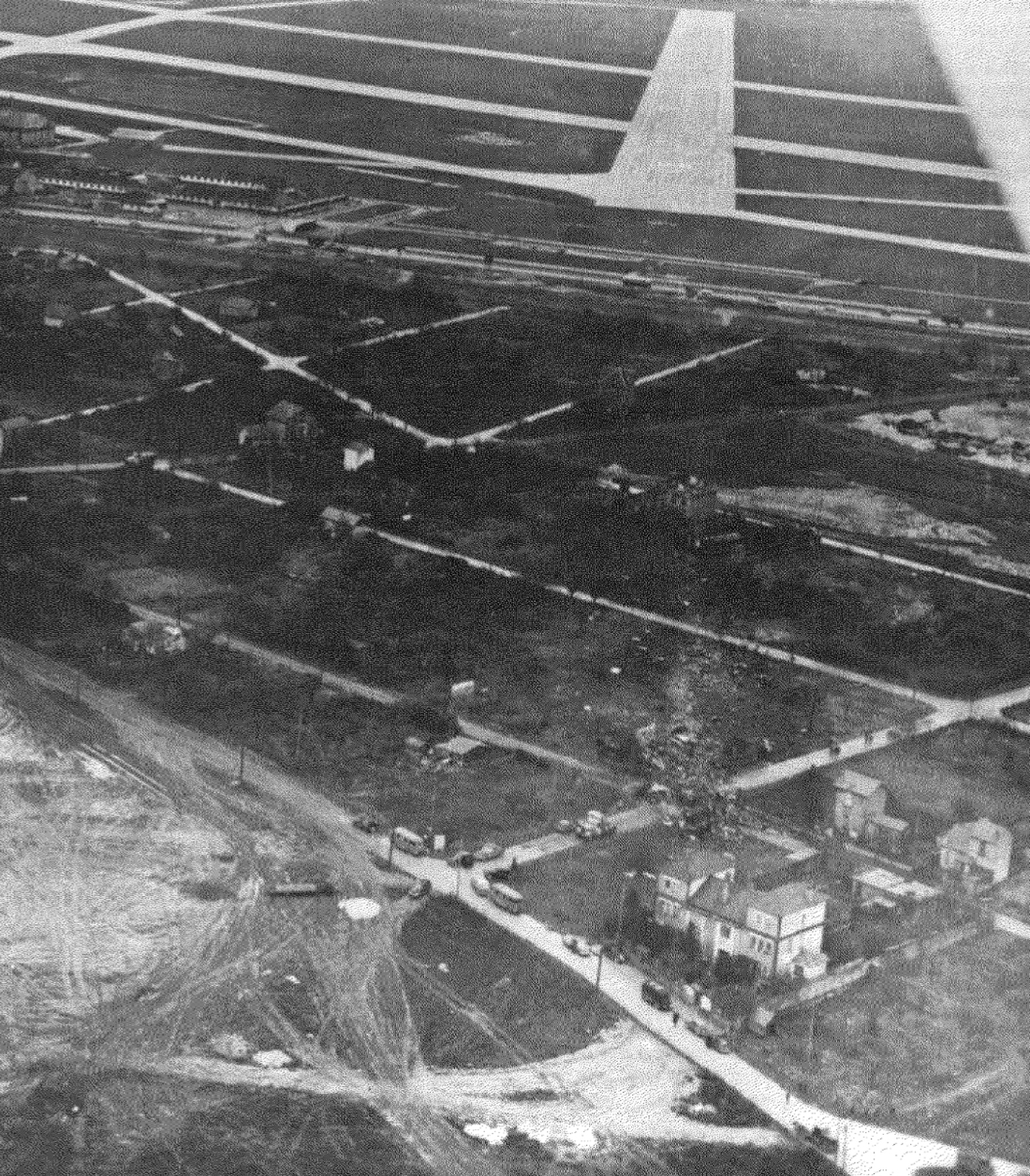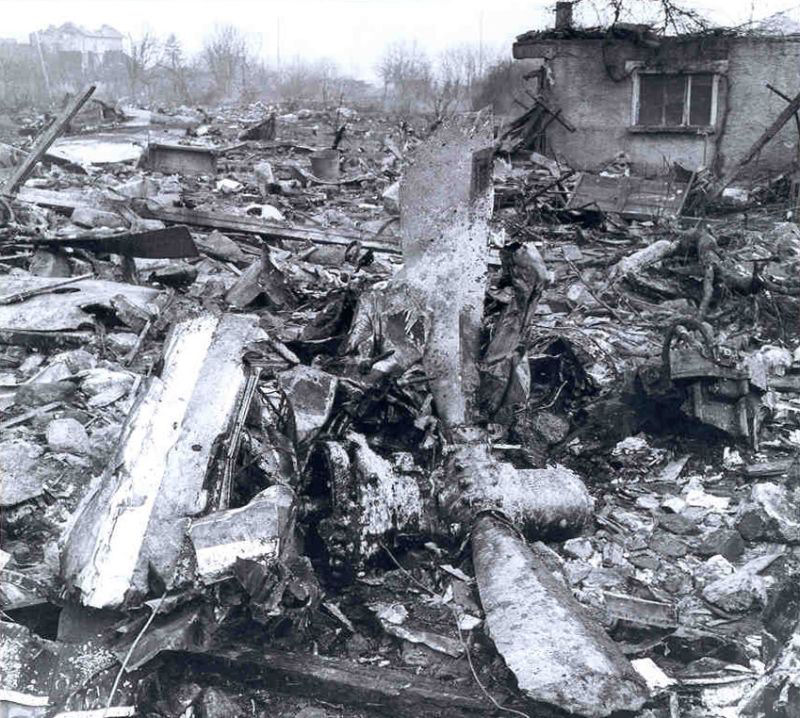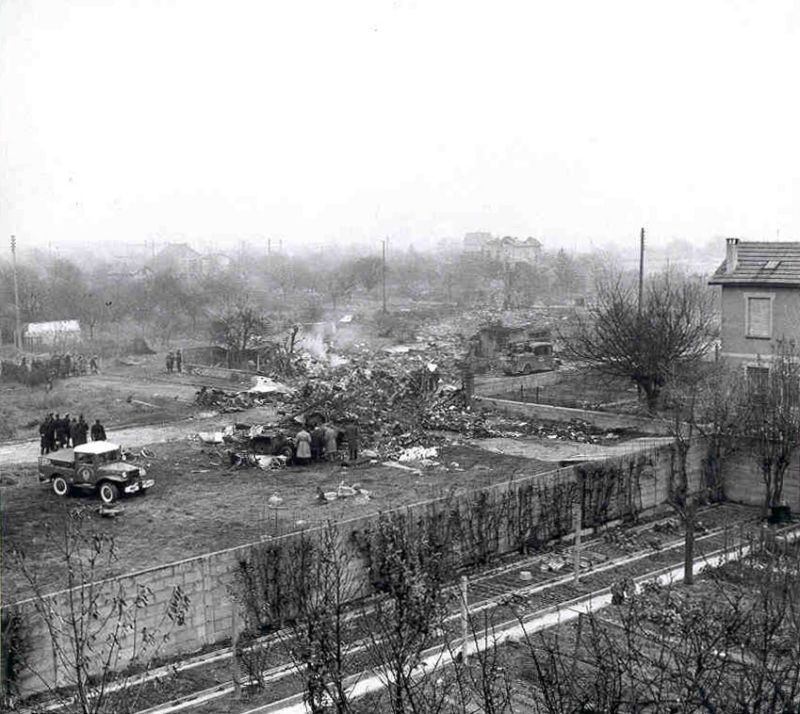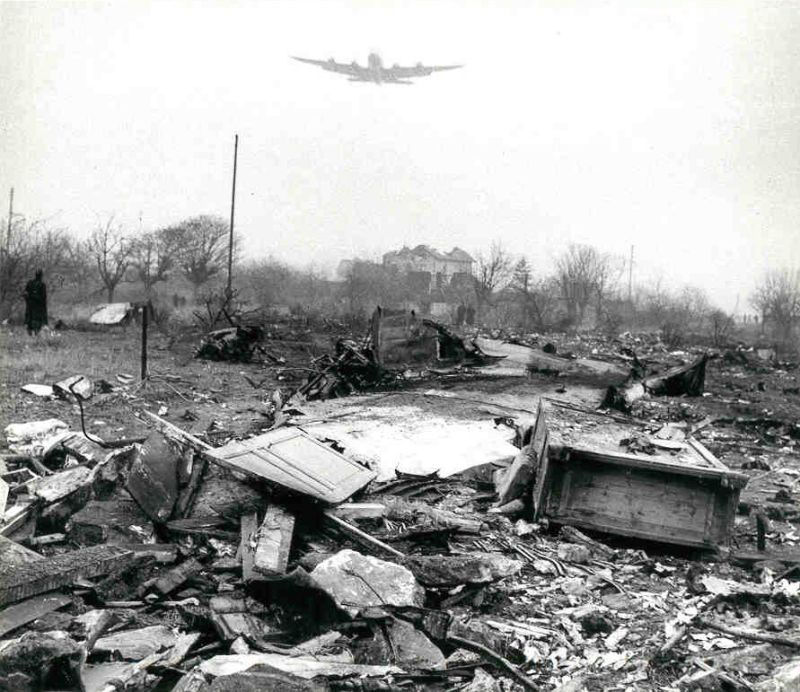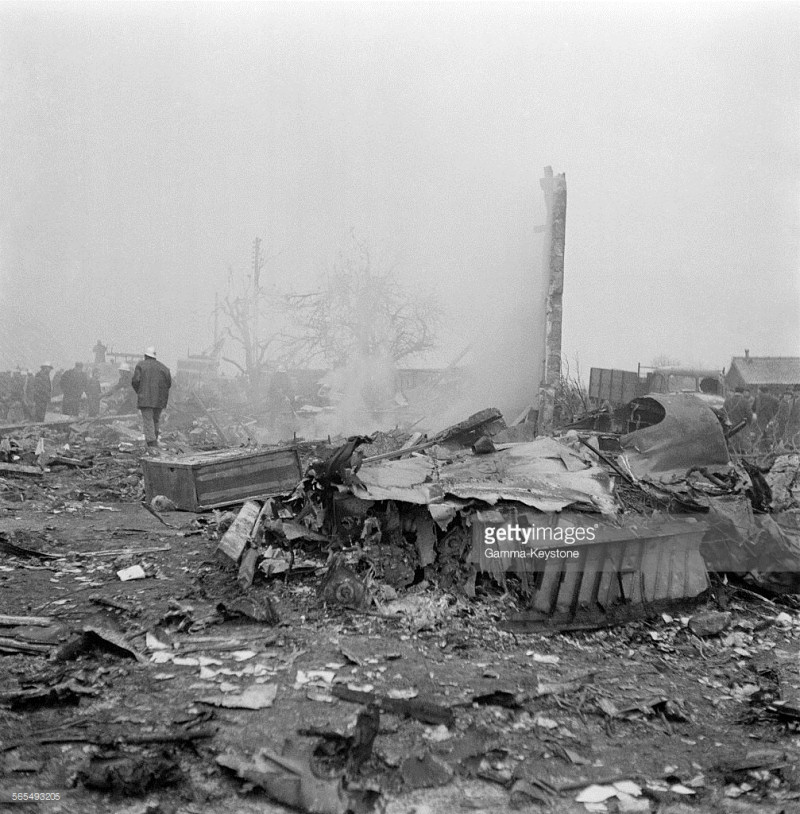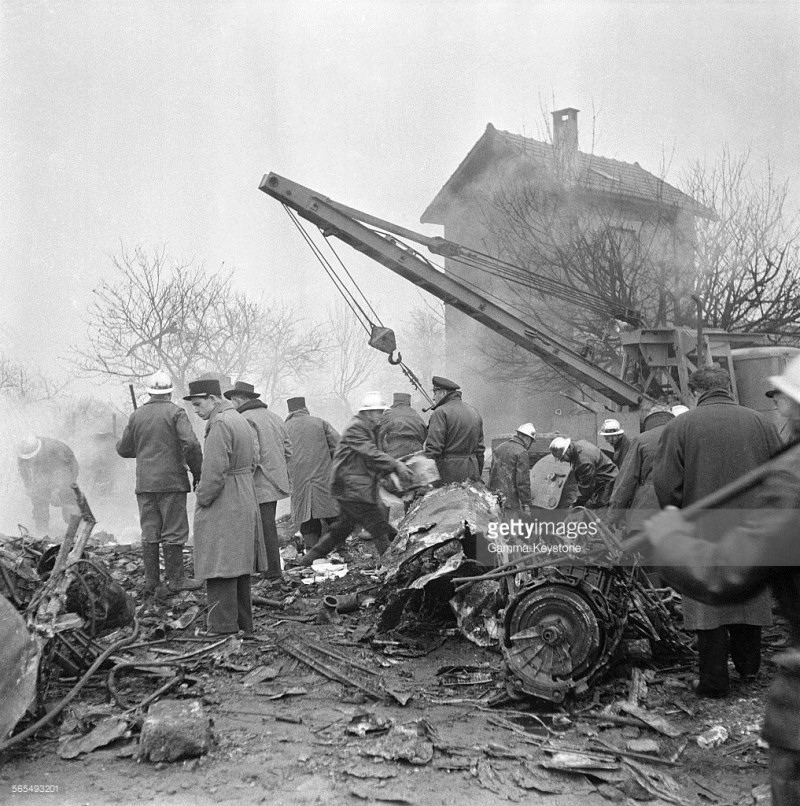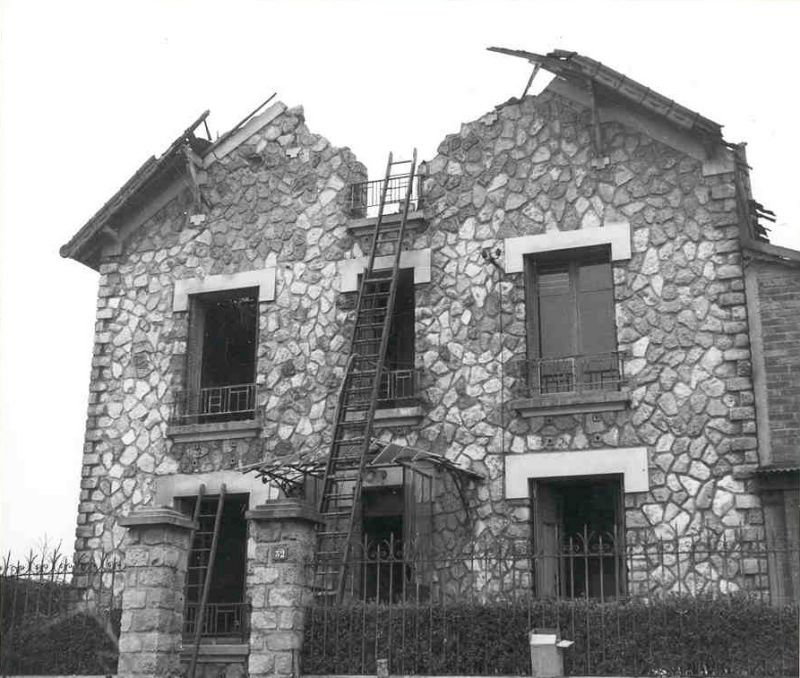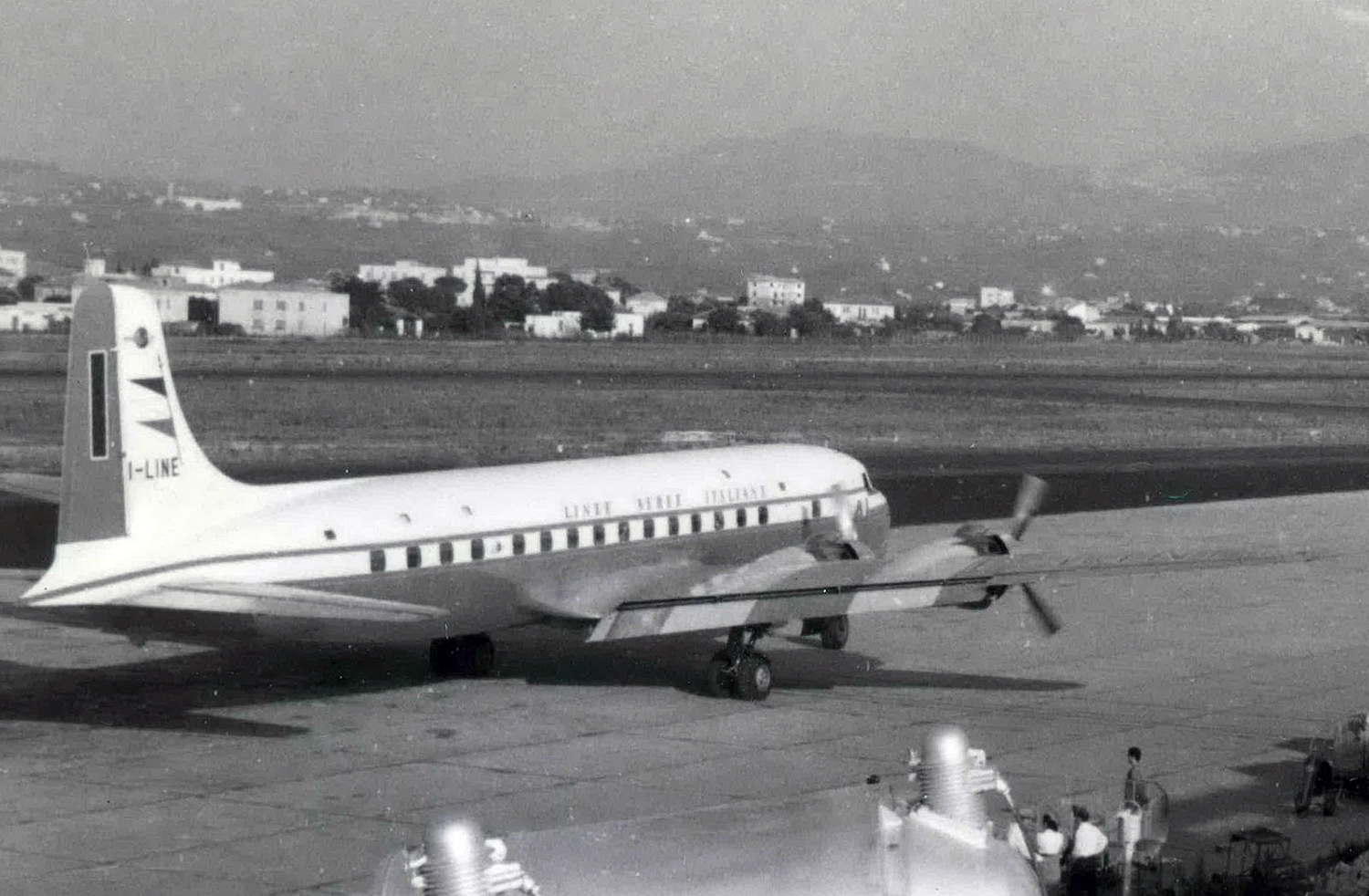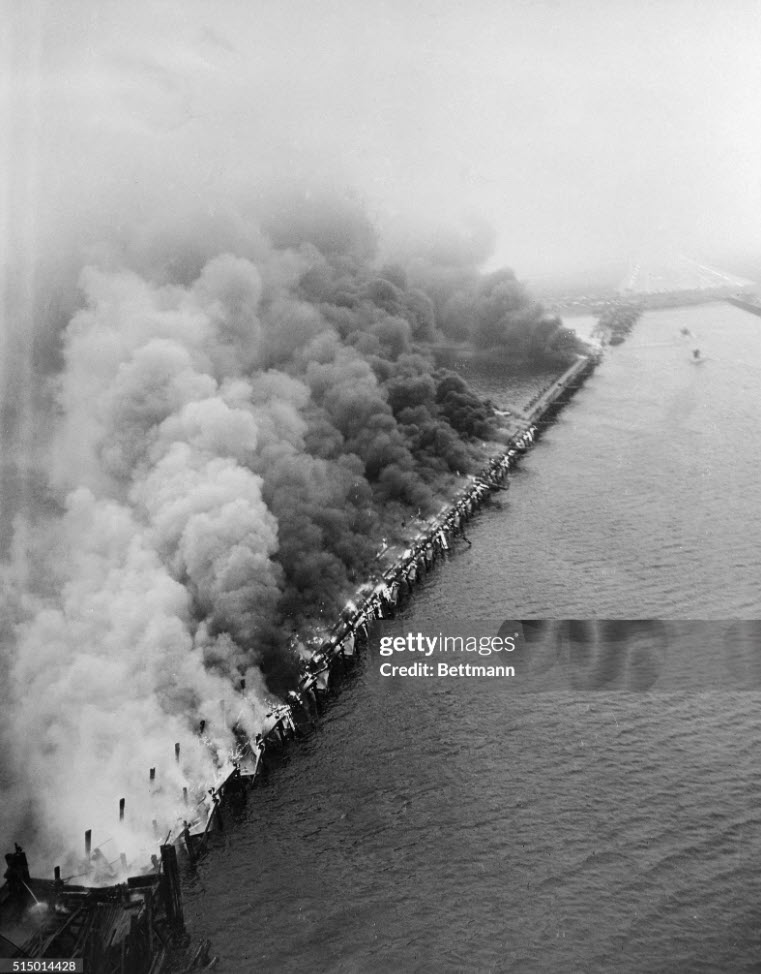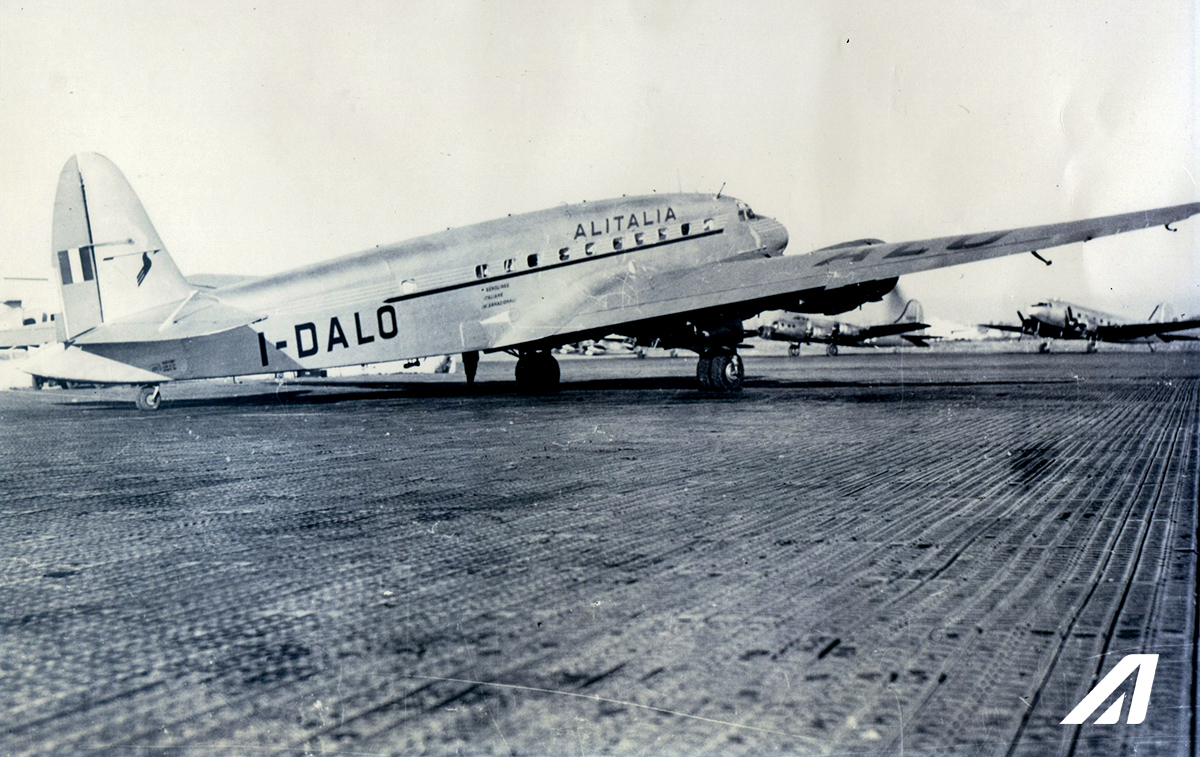Crash of a Douglas C-47-Dl on Mt Giner: 21 killed
Date & Time:
Dec 22, 1956 at 1820 LT
Registration:
I-LINC
Survivors:
No
Schedule:
Rome – Milan
MSN:
9101
YOM:
1943
Crew on board:
4
Crew fatalities:
Pax on board:
17
Pax fatalities:
Other fatalities:
Total fatalities:
21
Circumstances:
The aircraft, I-LINC, took off from Ciampino-Airport, Rome, at 1508Z on a VFR flight plan from Ciampino to Elba and an IFR plan from Elba to Milan-Malpensa along airways A3 and A9, which involve flight over the Elba, Genoa and Lombardia beacons. The cruising altitude was 10,500 feet. At 1520Z the flight plan was changed from VFR to IFR. The radio communications exchanged between the aircraft and Rome and Milan area controls were normal until approximately 1702Z when the aircraft confirmed that it was maintaining altitude 9,500 feet as instructed by Milan ACC. After 1714Z, attempts by Milan control to contact I-LINC were unsuccessful. The aircraft crashed at approximately 1720Z on the northern slopes of Monte Giner. All 4 crew members and 17 passengers were killed instantly.
Probable cause:
The Commission concluded that the change in the route followed by the aircraft and the resulting accident may be attributed to the following:
- The pilot did not follow the airways assigned in the flight plan, which constitutes a violation of flight rules,
- He did not check his direction and position along the new route,
- Unfavorable weather conditions and drift existed,
- There was a possibility of error in the navigational instruments.
- The pilot did not follow the airways assigned in the flight plan, which constitutes a violation of flight rules,
- He did not check his direction and position along the new route,
- Unfavorable weather conditions and drift existed,
- There was a possibility of error in the navigational instruments.
Final Report:


